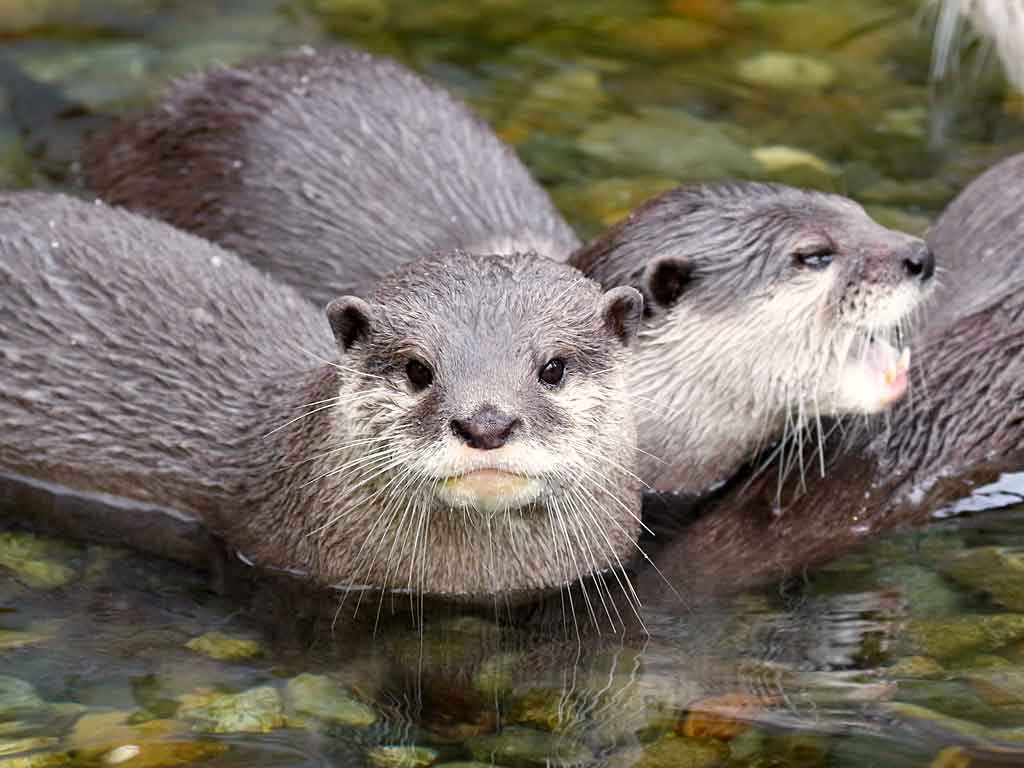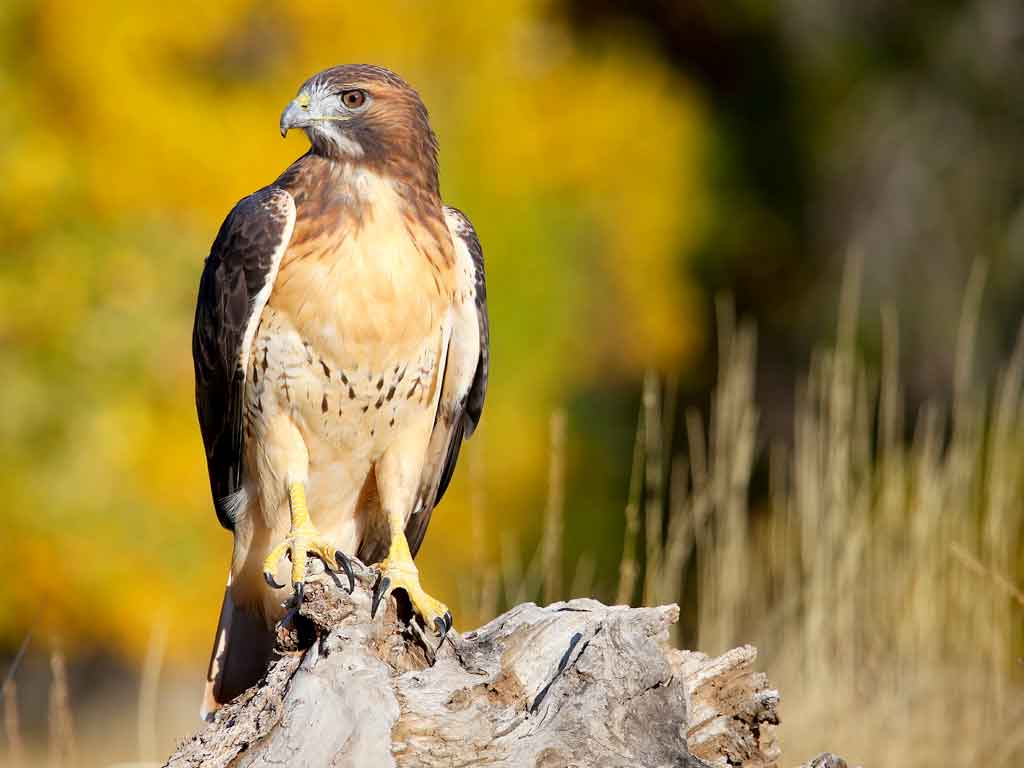Watchable Wildlife Experience
The intent of Watchable Wildlife viewing is to facilitate positive, memorable experiences that keep disturbances to a minimum. A positive experience refers both to the watcher and the animal being watched. The presence of the watcher should be a neutral influence upon the animal. Awareness of human presence is acceptable, and avoiding changing natural behavior the aim.
A memorable experience most often comes from close-up viewing. “Close” does not have to be physically close to a wild animal. Touching an hours old wolf track can be close, too. Discovering an owl feather in a park natural area and leaving it for the next person can be intimate and memorable.
Our society increasingly lives in urban environments. This places an added importance on facilitating wildlife viewing experiences that put people in touch with wildlife in real nature. The wildlife watcher slows down and quietly discovers a wild animal without altering the animal’s behavior. As a result of this rewarding experience, the watcher gains a greater appreciation of the natural world.
Wildlife watchers depart with a memorable, enjoyable, and educational experience. The wildlife continues to feed, rest, nest, and otherwise go about daily living without stress or interference with its ability to survive. All wildlife viewing facilities minimize and concentrate impacts. The viewers come and go without altering the habitat. The local community and landowners see viewers as respectful and desirable visitors. The goal is to lead wildlife watchers to want to learn more, and to take informed action on behalf of wildlife and habitats.
The Origins of Watchable Wildlife
From Oregon State University website:
The term Watchable Wildlife was coined by Bob Mace, Deputy Director of the Oregon Department of Fish and Wildlife (ODFW), in 1979 after the Oregon Legislature gave ODFW management authority for ‘non-game’ wildlife. The phrase permanently changed the way many people think of small animals from robins and raccoons to salamanders, frogs, and butterflies. Until that time, the most common term available to describe wildlife not sought after by hunters was “non-game.” Mace, a 1942 graduate of the then Department of Fish and Wildlife Management at Oregon State University, felt there should be a more positive term for these species whose appeal to nature lovers and photographers seemed to call for greater respect.






















